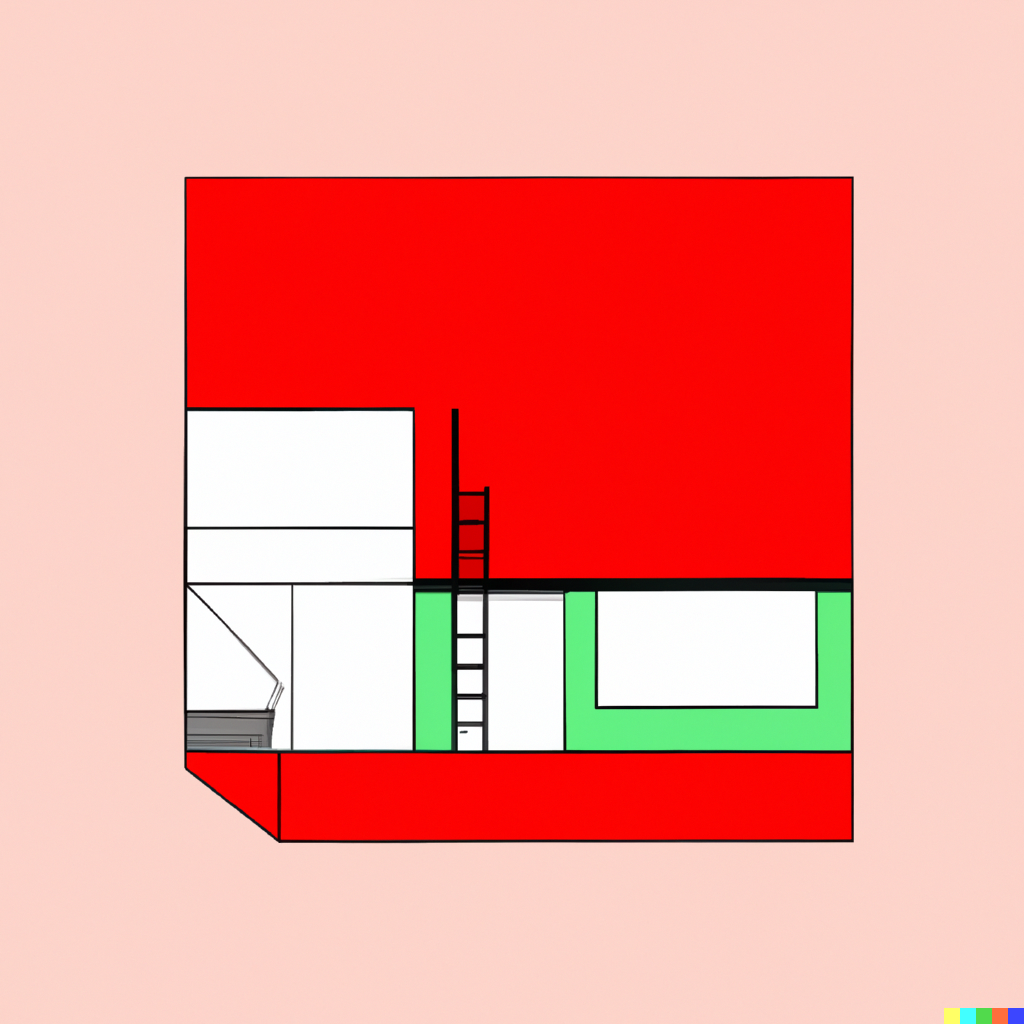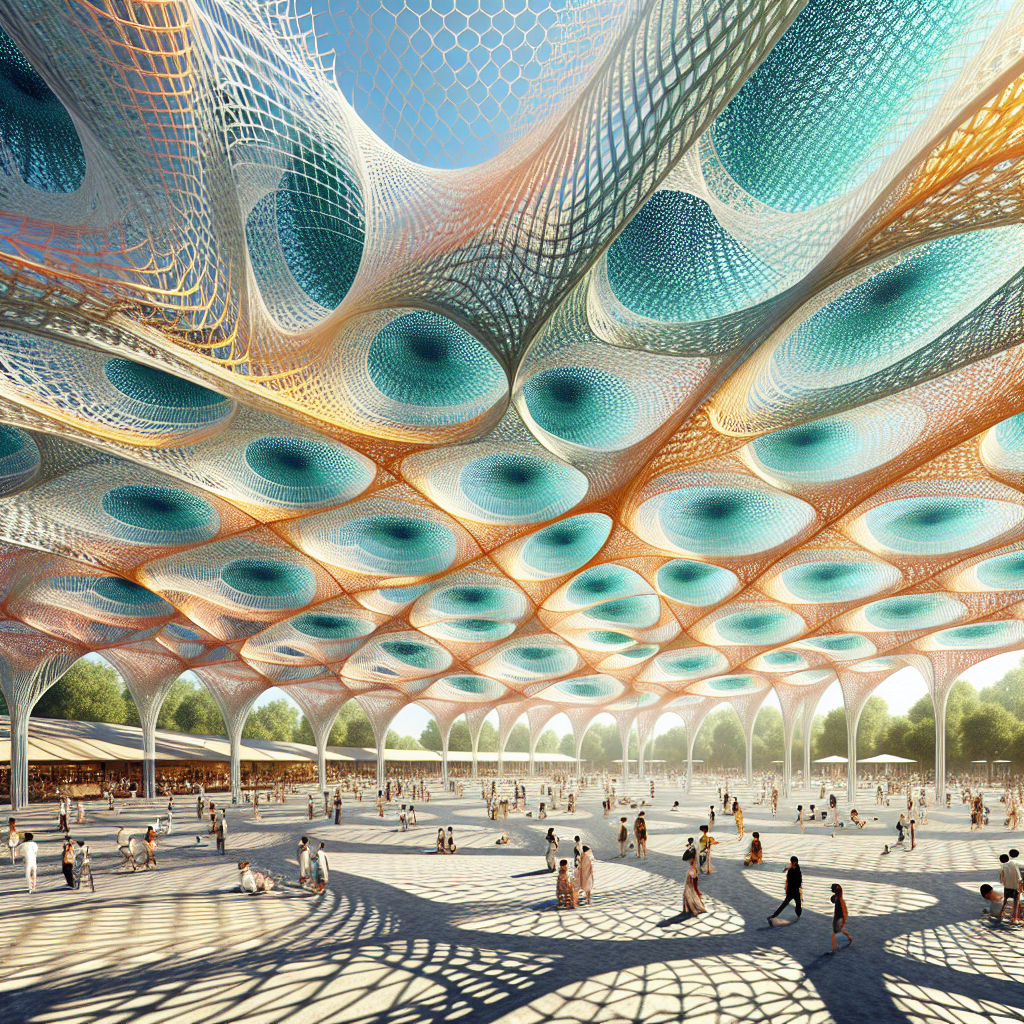The Bauhaus Movement: Revolutionizing Modern Architecture and Design

Introduction
The Bauhaus movement, founded in Germany in 1919 by Walter Gropius, had a significant impact on modern architecture and design.
Bauhaus Principles
One of the key principles of the Bauhaus movement was the integration of form and function. Objects were designed to be simple, functional, and aesthetically pleasing, with a focus on the use of modern materials such as steel, glass, and concrete.
Architecture
This approach can be seen in the architecture of buildings like the Barcelona Pavilion by Mies van der Rohe, which features clean lines and a minimalist aesthetic. Notable architects like Mies van der Rohe and Le Corbusier were heavily influenced by the movement, creating iconic buildings that still stand today.
Graphic Design and Typography
The Bauhaus movement also had a significant impact on graphic design and typography. The use of sans-serif typefaces, simple geometric shapes, and bold colors became hallmarks of the movement. The Bauhaus school even had its own printing press, which produced many iconic designs and typefaces.
Legacy
Today, the influence of the Bauhaus movement can be seen in modern architecture and design around the world. Buildings like the Seagram Building in New York and the National Congress of Brazil in Brasília were heavily influenced by the movement, while furniture designs like the Eames Lounge Chair and Ottoman and the LC4 Chaise Lounge are modern classics that embody Bauhaus principles.
Conclusion
In conclusion, the Bauhaus movement revolutionized modern architecture and design, influencing everything from furniture design to graphic design and typography. Its principles of form and function, modern materials, and simplicity continue to inspire designers and architects around the world.





